There are few who would argue that the 1980s was a golden era for design. From chintz upholstery on every surface to shoulder pads, if there was a word to sum up the era it would be “outlandish”.
And yet for all the questionable choices made throughout the decade, there was one group of designers for whom the 80s’ theme of superfluousness fit them just right.
For supercar makers, outlandishness wasn’t a hindrance; it was practically the order of the day. More so than any decade before or indeed any since, the 1980s was the period of the supercar, and many of us will remember growing up with these Thatcherite-era beasts plastered on our bedroom walls.
Still, time waits for no man, least of all designers obsessed with being constantly the flashiest and most powerful product on market. Here’s our list of the best-loved poster cars of the 1980s, and the modern counterparts that replaced them on the sharpest cutting edge of automotive technology.
Lamborghini Countach – Lamborghini Veneno
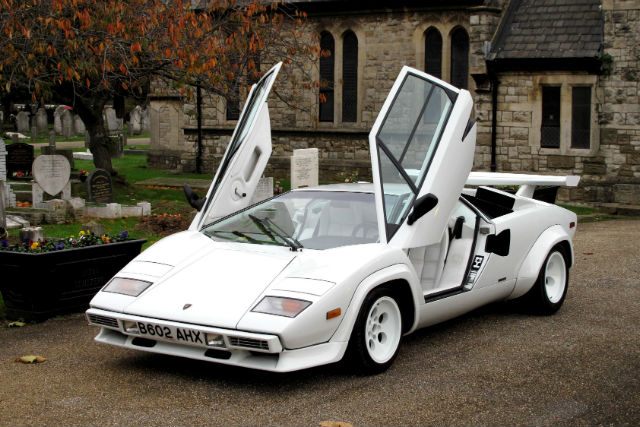
The Lamborghini Countach was the car that even pin-up cars had plastered all over their garage walls, thanks to its unmistakably striking design that captured the imaginations of fans the world over.
Despite encapsulating every cliché of 80s excess, the Countach actually spanned three decades having first been shown as a prototype all the back in 1971 before being manufactured from 1974 to 1990.
Designed by the famous Bertone studio, the same designers behind the stunning Miura, the Countach pioneered Lamborghini’s signature wedge-shaped design language with flat, trapezoidal panels and scissor doors.
Under the bonnet, the Countach was powered by a massive V12 engine that was capable of taking it to 60mph from a standstill in roughly five seconds, and the fact that its name comes from a Piedmontese expletive really says it all.
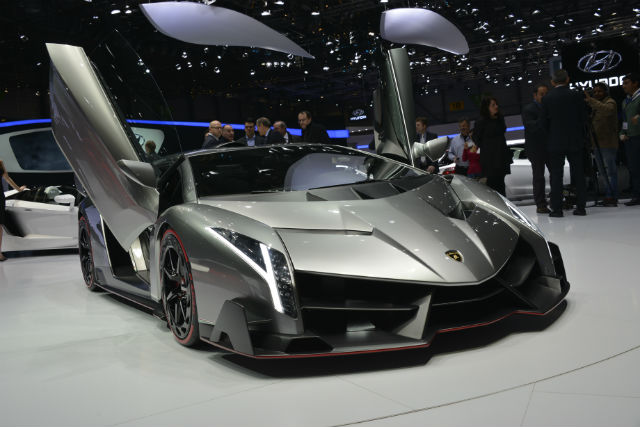
Skip forward three decades and the Countach’s influence can still be felt in every Lamborghini since, but the Veneno is probably the closest yet that the manufacturer has come to capturing the Countach’s all-out ridiculousness.
Based on the Aventador and built to celebrate the marque’s 50th anniversary, the Veneno like the Countach before it is all about being as eye-catching as possible with the addition of extreme aero vents, a huge rear wing and angry red accents.
Power comes again from a V12 engine, this time producing 740bhp and able to take the Veneno from 0-60 in an absolutely insane 2.9 seconds, nearly half the time of the Countach.
Ferrari F40 – LaFerrari
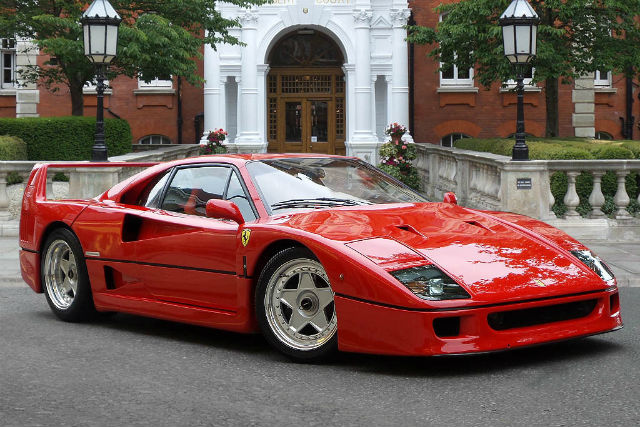
Ferrari’s iconic F40 is one of the most recognisable cars of the past 30 years and it’s likely that when you mention the name “Ferrari” to a layman, they’ll still be thinking of something a lot like the F40.
Part of the car’s staying power has been the fact that no other car, either before or since, has been quite like it. Built from 1987 to 1992, it was the first road-legal production car to crack the 200mph barrier and also the last Ferrari personally approved by Enzo Ferrari before he died.
Arguably Maranello’s magnum opus, the F40 was basic, lightweight and raw, with an incredible 478 horsepower from its twin-turbocharged V8 engine that made it able to reach 60mph in under four seconds.
In its time it was the world’s fastest production car and remains one of the best-loved and most sought-after cars on earth, regularly commanding prices of £1 million or upwards at auction.
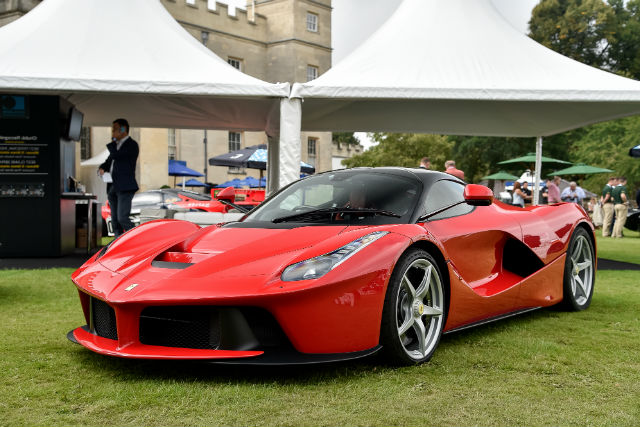
Although they don’t look much alike apart from the Prancing Horse logo atop the bonnet, there are more parallels between the F40 and the LaFerrari than are immediately apparent on the surface.
Just as the F40 was Ferrari’s first car with a turbocharged engine, the LaFerrari is Maranello’s first ever experiment with hybrid power, featuring a 161bhp electric motor in addition to its already-potent 789bhp V12 engine.
Styled like a road-bound fighter jet and custom built specifically to tailor-fit each individual buyer, the LaFerrari is powerful enough to reach 0-60mph in just 2.5 seconds, making it one of the quickest cars on the planet.
It all comes at a price, though. Just as the F40 routinely goes for £1 million at auction, the LaFerrari has a base price of around £1 million, and that’s without the unbelievably pricey options list…
Porsche 959 – Porsche 918 Spyder
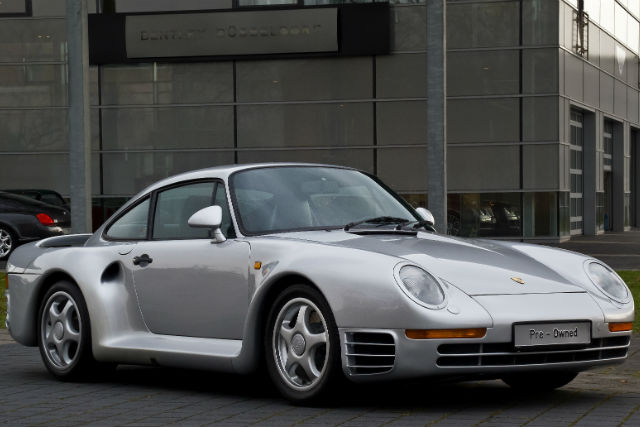
Matched up with its rivals at the time, the Porsche 959 was somewhat frumpy to look at in comparison, and was actually first conceived as a rally car before becoming a production car to meet homologation rules.
Built between 1986 and 1989, the 959 featured a familiar Porsche front end, but the car’s rear generated the most interest, looking like an elongated version of the traditional and much-loved 911 shape.
Appearance aside, the 959’s contribution to modern car technology can’t be overstated enough. Upon release, it was the most technologically advanced car of its time, with a sub-3.7 second 0-60 time and a top speed of 195mph.
For a brief period it was the fastest production car on earth before the F40 came along, and was also the first supercar to come with four-wheel drive, a feature of most high-end supercars today.
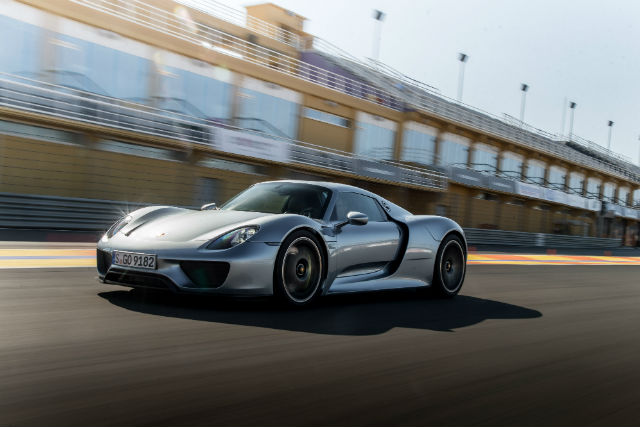
Just as the 959 was a trailblazer in its day, the 918 Spyder has led the field for hybrid hypercar technology, beating Ferrari to the pip by years upon its unveiling all the way back in 2010.
Having changed the automotive landscape as we know it, it’s currently the only hypercar on the face of the earth that’s primarily a plug-in hybrid and is as revolutionary for the modern era as the 959 was back in the 1980s.
Powered by twin electric motors that generate 279bhp with a 4.6-litre V8 that adds an additional 608bhp, the 918 Spyder has a combined output of 887bhp, with a 0-60mph time of 2.5 seconds.
Like the 959, it has four-wheel drive and literally breathes fire from its top-mounted exhausts, which spout brilliant blue flames when the engine nears its 9,000 rpm redline. Back in 2013, it also became the first street-legal car to break the seven minute barrier around the Nurburgring’s Norschleife track.
McLaren F1 – McLaren P1
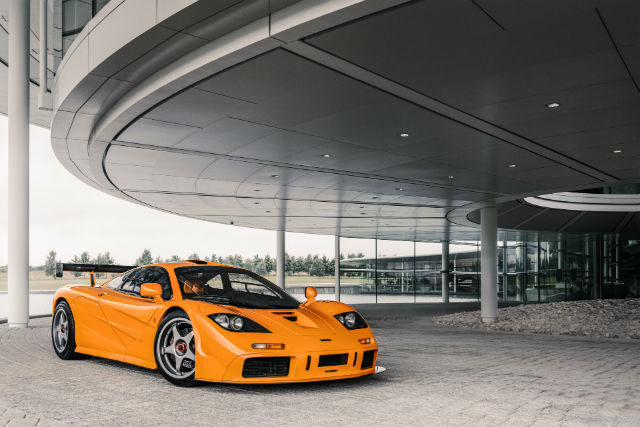
Although this one could be considered cheating as the F1 didn’t actually arrive until 1992, it nevertheless deserves a place on the list of the greatest cars of the 1980s as it was first conceived in 1988.
Designed by McLaren boss Ron Dennis and technical director Gordon Murray, the F1’s aim was to be the ultimate driver’s car. Considering that popular opinion often describes it as “the greatest supercar of the 20th century”, it seems as though that aim was met.
It was certainly different, with an arrowhead seating position to place the driver in the centre of the car, while it was also the first production car to have a carbon-composite chassis.
Power came from a compact 6.1-litre V12 that developed 627bhp, meaning that the F1 is still to this day the fastest naturally-aspirated road car ever made, with a top speed of a shockingly fast 243mph.
Other unique design touches included a Formula One-style carbon clutch and a transversely mounted gearbox, plus exterior aerodynamic foils and gold lining in the engine bay to reflect heat.
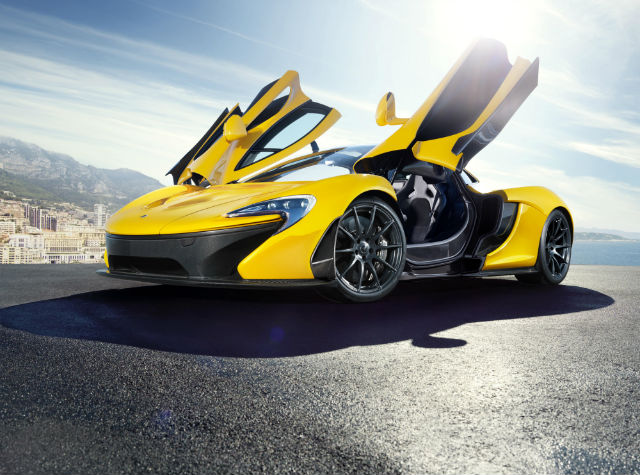
Terrifying, brilliant and devastatingly quick is a phrase that could just as easily apply to the F1 as its modern counterpart and spiritual successor, the 903bhp hyper-hybrid P1.
Just as the F1 upped the stakes for supercars in the 1990s, the P1 has now upped it once again, claiming to be the most engaging and involving drivers’ car on planet earth on both road and track.
While the Porsche 918 might have been the first to create a hybrid hypercar, it’s the P1 that’s arguably done it best so far, with the same 3.8-litre biturbo V8 as the 12C and 650S.
First unveiled in concept form back in 2012, it was developed around the same building blocks as everything else McLaren makes, albeit with the hybrid powertrain. All that power gives it a 0-60mph time of 2.5 seconds with a 217mph top speed, amazingly slower than the F1.
Like its predecessor, it’s also amazing to look at with its swooping curved lines and its spoiler wing/airbrake, which deploys when the car reaches top speed to help it maintain downforce and stability.



